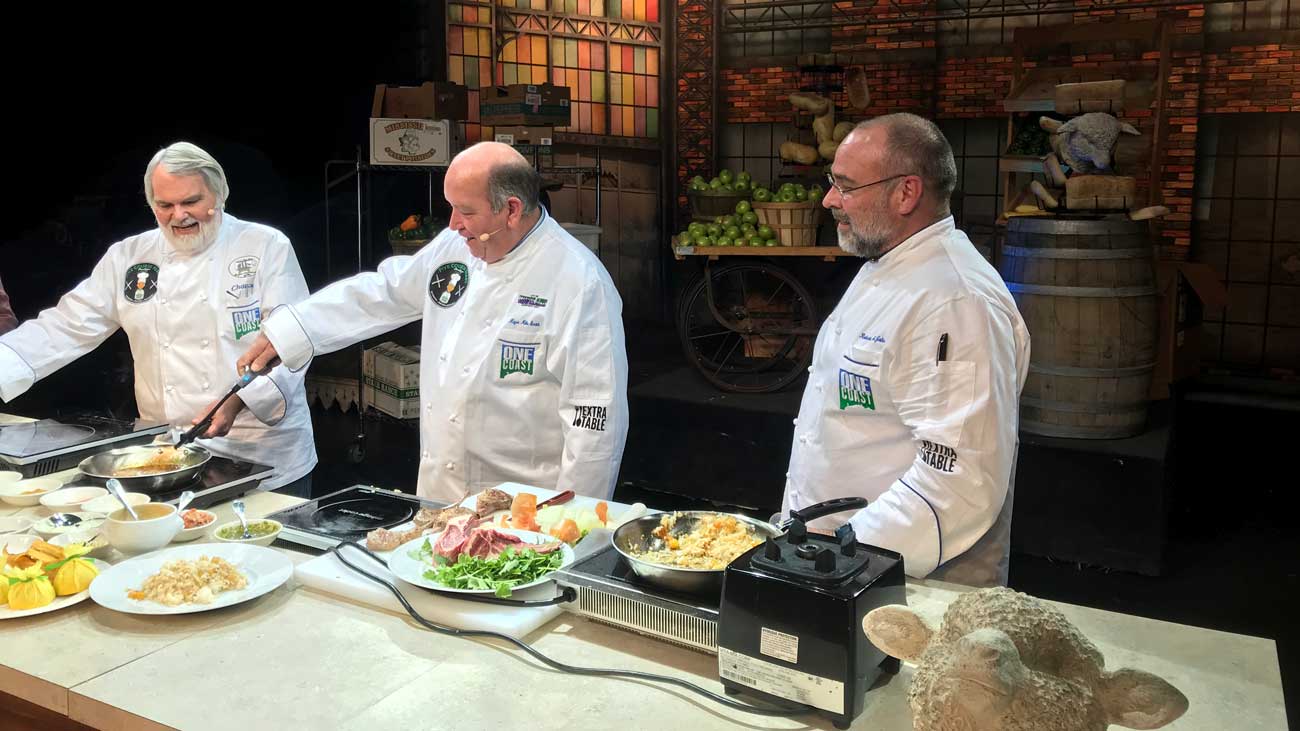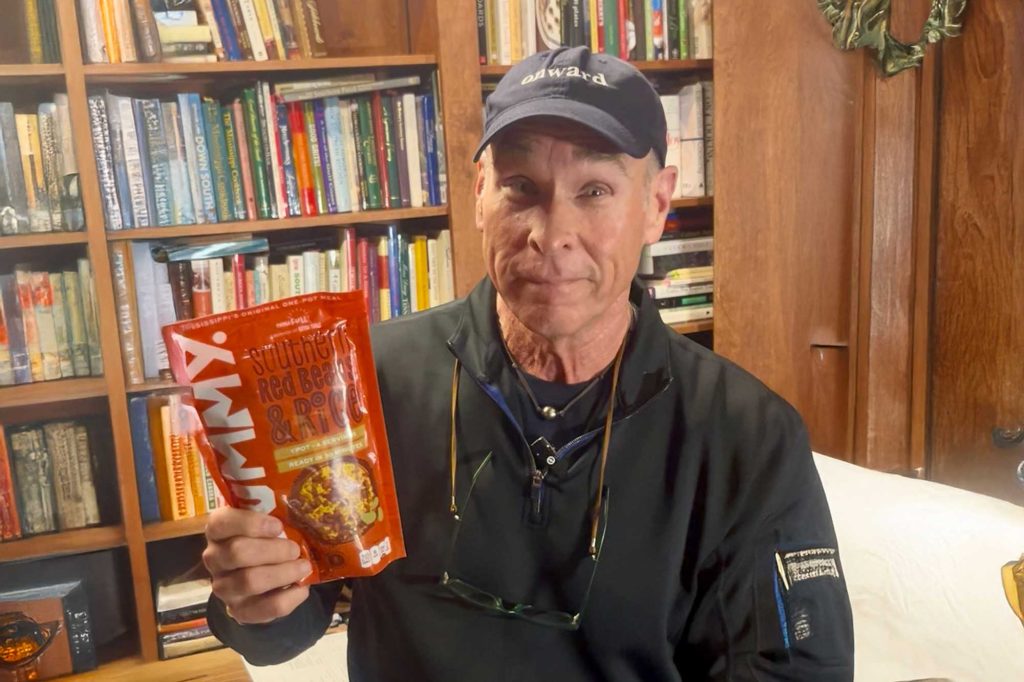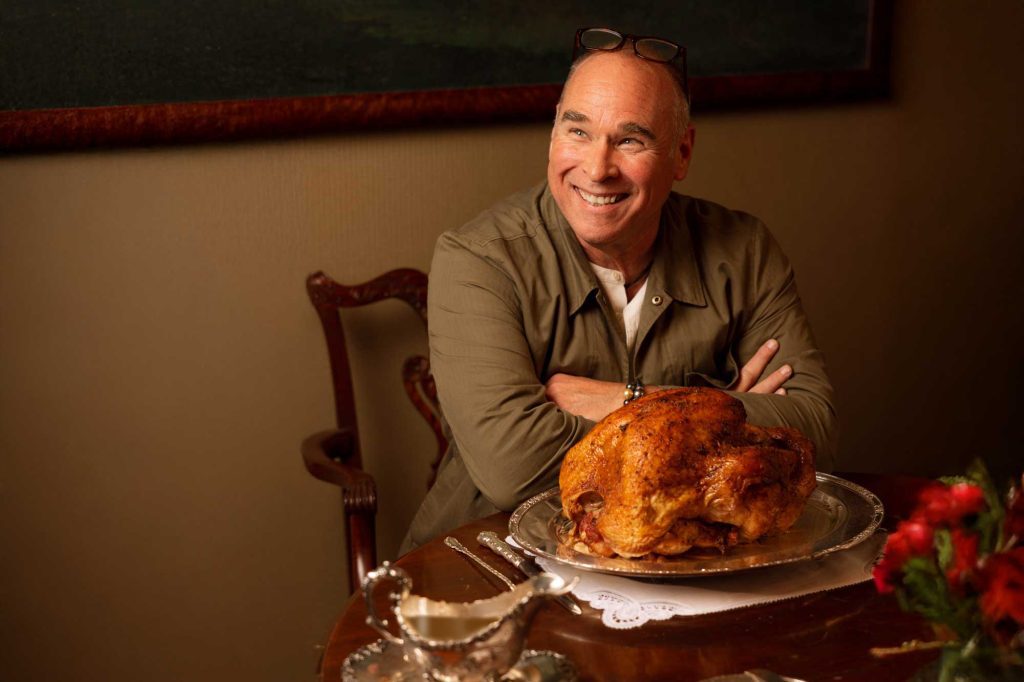One of the most frequently asked questions I receive is, “What is the difference between Southern cooking and Northern cooking?”
Actually, I should restate that opening sentence. One of the most frequently asked questions by media located outside of the South is, “What is the difference between Southern cooking and Northern cooking?” If you live down here, the answer is easy; you grew up eating the difference every day.
A few weeks ago I was on a panel at the Mississippi Book Festival. During the Q&A session, someone asked, “What is the difference between Southern cooking and Northern cooking?” My panelmate, Julia Reed, referenced a piece she had written on the subject and stated the stark comparison displayed in Junior League cookbooks. A northern Junior League cookbook, “Posh Pantry,” lists a recipe for Grape Nuts Pudding. The Junior League of Lafayette, Louisiana’s book, “Talk About Good,” has a recipe for Better Than Sex Cake. Julia nailed it.
When the what-is-the-difference-between-Southern-cooking-and-Northern-cooking question came to me, I had a simple answer: “Southerners know what to do with pork.
In the North, they boil and roast pork. In the South we fry, grill, and smoke it. Therein lies the difference. Therein lies the flavor.
We also know how to season food with pork. In the North, you’ll find someone sticking a bouillon cube into a pot of lima beans. Down here, even the laziest of us are going to drop a piece of smoked bacon into the pot. More than likely a ham hock is going to be involved. If you drop by my house when I am cooking butter beans I will be using a pork stock— gelatinous and flavorful— that I made with ham hocks and a few slivers of onion. I use that same stock for pinkeye purple hull peas, lady peas, and in red beans for my rice.
You give a southerner a leftover ham bone and see what magic he can create in the kitchen. Most northerners are going to throw the bone out into the backyard for the dog.
My friend Allen Benton smokes and cures hams that are as good as any I have eaten in the ham capitol of the world— Spain. His bacon is otherworldly. By the way, Allen smokes meat in the heart of the south near the foothills of the Smokey Mountains in Madisonville, Tennessee. You want to talk about flavor? Try using one of Benton’s ham bones to flavor a soup or legume.
The French know what to do with pork, too. They probably started out of necessity, but today the rooter-to-tooter philosophy is ingrained into their culinary DNA. In the south we used every part of the pig, because we had to use every part of the pig. No one could have afforded to act differently. To my taste, the most interesting foods were developed using “lesser cuts.”
It’s the culinary class struggle that’s been going on for centuries, the rich folks get the prime cuts. It’s easy to make a pork tenderloin taste good. It takes skill and creativity to create a memorable dish from a knuckle or a shank.
In the north they Shake and Bake their pork chops. Down here, you can bet that there’s a cast iron skillet involved and some bacon grease is going to be used in the process. Southerners use pork to season pork and we use even more pork to cook pork. God bless lard.
The typical northern pork tenderloin recipe is going to include some variation of apples, raisins, or cranberries. In my fourth cookbook, we created a pork tenderloin recipe that was basted with a muscadine glaze. Which would you rather eat?
There are two types of people in this world: Those who love country ham, and those who are wrong. Want to know where country ham lives? South of the Mason-Dixon line, that’s where.
Have you ever eaten barbeque ribs or pulled pork outside of the south? Barbeque is served up there, and there are instances where it’s passable. The south is the home of the best barbeque on the planet. From North Carolina to Texas and all points in between, we take smoked pork (beef in Texas) to another level. Down here, if we are barbequing, there is always going to be fire and smoke involved. In many northern cookbooks— possibly in “Posh Pantry”— you’ll find instructions for cooking pulled pork in a Crockpot. Your honor, I rest my case.
Pork Tenderloin with Muscadine Glaze
2 Tbl Olive Oil
1 Tbl Unsalted Butter
3 Pork Tenderloins (about 1 1/2 pounds)
2 tsp Kosher Salt
1 tsp Black Pepper, freshly ground
2 Tbl Shallot, minced
1/2 tsp Garlic, minced
1/4 tsp Salt
1/4 cup Brown Sugar
1/2 cup Riesling Wine, or Muscadine wine if you can find it
1/4 cup Balsamic Vinegar
1 cup Chicken Broth
1 Bay Leaf
3/4 cup Muscadine Jelly
1/4 tsp Black Pepper, freshly ground
1/4 cup Red Bell Pepper, minced
2 Tbl Parsley, chopped
Season the pork with the salt and pepper.
In an ovenproof skillet, heat the olive oil over high heat. Once the oil is hot, add in the butter and the pork tenderloins. Sear each tenderloin on all sides and place the skillet and tenderloins in the oven.
Cook 8-10 minutes. Remove the skillet from the oven and place the tenderloins on a plate and hold them in a warm place. Drain the excess oil from the skillet.
Place the skillet over low heat. Cook the shallots, garlic and salt for 2-3 minutes. Add the brown sugar, cook until the sugar is melted. Turn the heat to medium and add the wine and balsamic vinegar. Cook until the mixture has reduced by half. Add in the chicken broth and bay leaf, simmer until the mixture has reduced by 70 percent. Stir in the jelly, black pepper and red pepper and simmer for 5-6 minutes. Stir often to prevent sticking and burning. Remove from the heat and stir in the fresh parsley
Slicing on a diagonal, cut each tenderloin into 6-8 pieces. Arrange the slices on a serving platter and pour the glaze over the pork, serve immediately.
Yield:
6-8 servings



